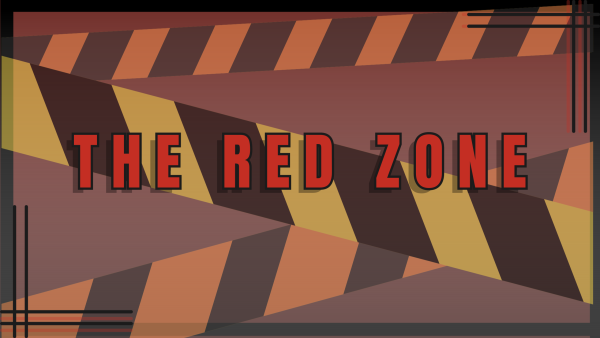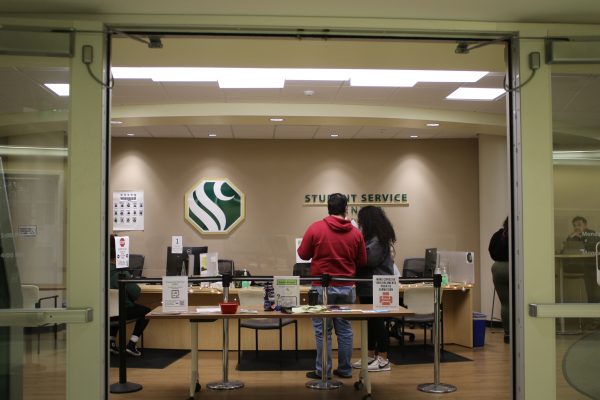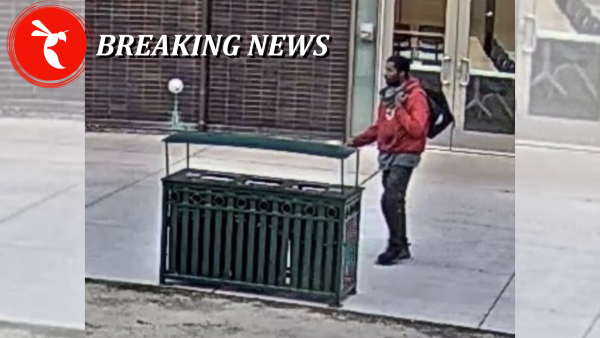3-D motion capture enables jumps from game console to gridiron
February 20, 2013
What do Gollum from “Lord of the Rings”, Davy Jones from “Pirates of the Caribbean” and Na’vi from “Avatar” have in common with Sacramento State football players? All of them make use of 3-D motion capture technology.
While these well-known characters were animated out of the use of motion capture for entertainment, Sac State football players have been animated in the name of science. Researchers and athletes at Sac State have taken to using this new technology to study place kicking in football.
Associate Professor of Kinesiology and Health Science David Mandeville explained that by recording and studying the intricate movements of a player’s kicking motion, researchers can learn how to improve a player’s placekicking skills through the study of several factors. Working in the clinical aspect of this study, Mandeville focuses on the biomechanical factors of the body.
This technology pinpoints the accuracy, speed and agility of anyone connected to small, reflective markers, which adhere to the body at the joints during recording.
Associate professor Kinesiology and Health Science Imamura works in the biomechanical lab as one of the researchers utilizing motion capture technology.
“(This technology) measures motion, and in the physics world, motion is comprised of acceleration properties, velocity, and position change,” Imamura said. “When a force is in existence, it makes you move, makes you go from point A to B. (Motion capture) measures those variables, which we deem as important. If there’s high acceleration in an object, for instance a football, it’s going to travel fast. If the velocity is moving very fast we kind of infer strong forces (are behind what made it move).”
Using this technology to study the way a body kicks a ball is quite similar to how video game designers create their characters.
“You place markers on the body, we place them at the joint. For example the knee joint, the ankle joint, the shoulder joint,” Imamura said. “Then the computer connects the joints in a line, so they come in the form of a stick figure.
Electronic Arts, the video game company, uses motion capture to make stick figures as well, but it takes it a step forward and uses an animation package – a program that adds features such as skin and clothing.
At Sac State, researchers place the markers at the joints and eight 3-D infrared cameras track movements. The cameras record the movements at 240 frames per second. Regular cameras shoot at around 60 frames per second.
“(With a regular camera), if someone does a field goal you won’t see his leg through the whole range of motion and might not even see his foot hit the ball,” Imamura said. “With high speed, we can see things we can’t see with the naked eye.”
Imamura said Sac State is in good hands with the technology available to the university.
“In the Super Bowl and the World Series, they did all that slow motion filming – you could see the person’s fingers moving slowly through the pitch – that’s the technology we have,” said Imamura.
Michael Nave, a professor of kinesiology and health science, has been working closely on this research with Imamura over the past five years.
“(Imamura) is the biomechanist, his issue is quantifying all the data. I’m the front end on kicking research,” said Nave.
Nave said they started their research with an early version of 3-D technology and a small group of placekickers, but needed a larger sample size to get more accurate results.
“This summer, we used 13 high school kickers where there’s a wide variety in ability, style and techniques. (They ranged in) sizes from 6’2” to 5’6”, long legs, heavy legs, short legs, thin legs; that variability (helps when collecting data),” said Nave.
This technology is helpful in teaching the novice to properly conduct a movement in any sport. Imamura said it can also become very useful for those in the major leagues who are seeking fine tuning. Many of the major leagues, and even high school coaches, do not take advantage of such technology.
“The U.S. in general really hasn’t taken advantage of the progress in sports science. There seems to be a gap in the science and the coaching. There’s a lot of great coaches who just aren’t confident in the technology yet,” said Imamura.
Nave hopes that the information collected from these studies will help coaches focus on certain biomechanical techniques to improve player’s skills.
“When you look at what a parent pays for coaches’ experiences for their sons, they could be paying $100-$300 for a kicking session or camp. I want to help parents be more informed consumers and go to places where the coaches are using the most recent research,” Nave said.
Nave and Imamura plan to continue their research. The pair have plans to contact other colleges and ask to use their kickers in order to develop a larger sample size.
“We are looking at a multi-year study and doing as large a sample size as possible,” said Nave.













































































































































